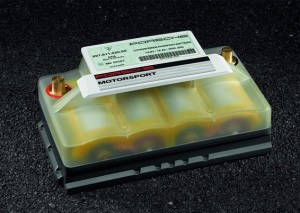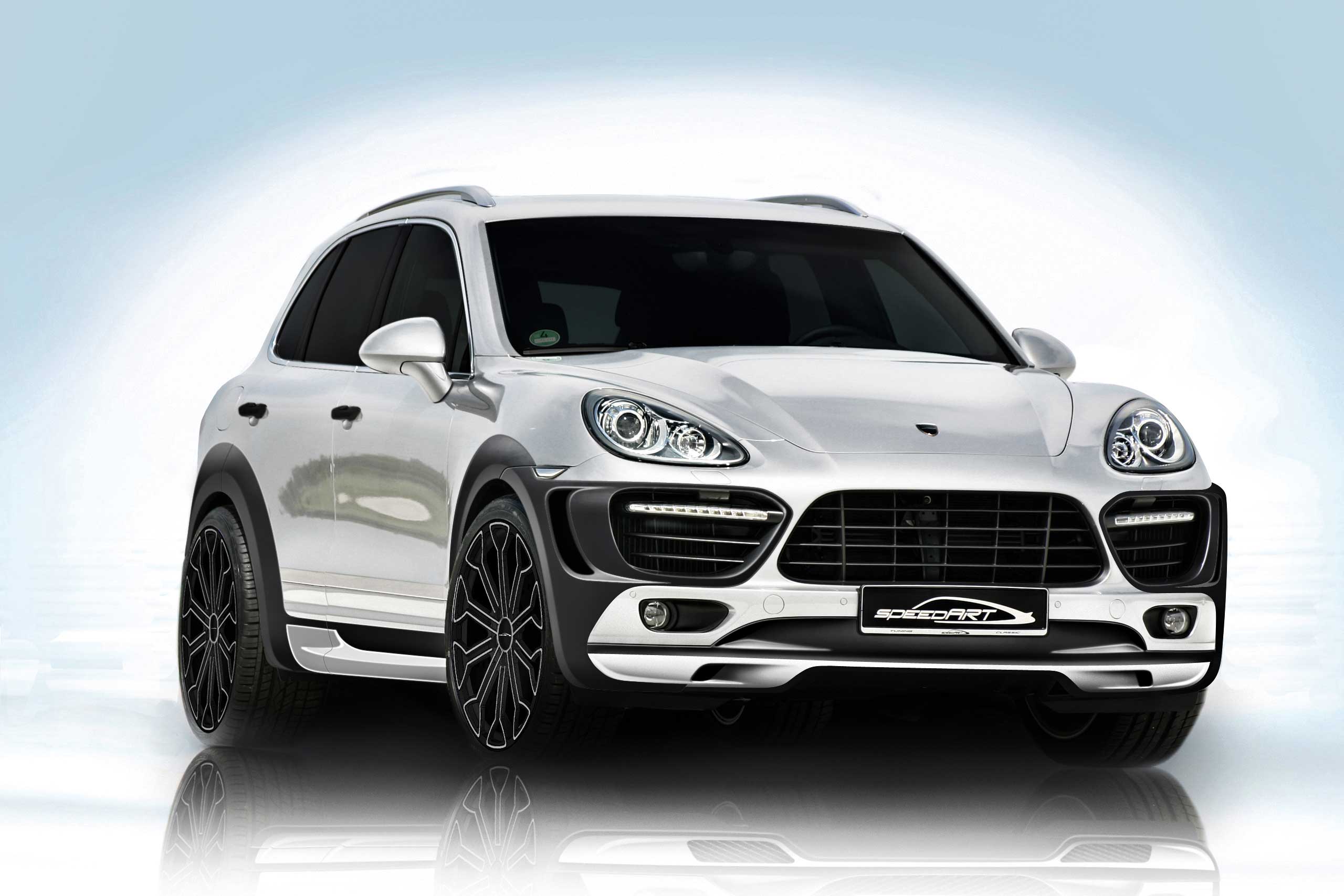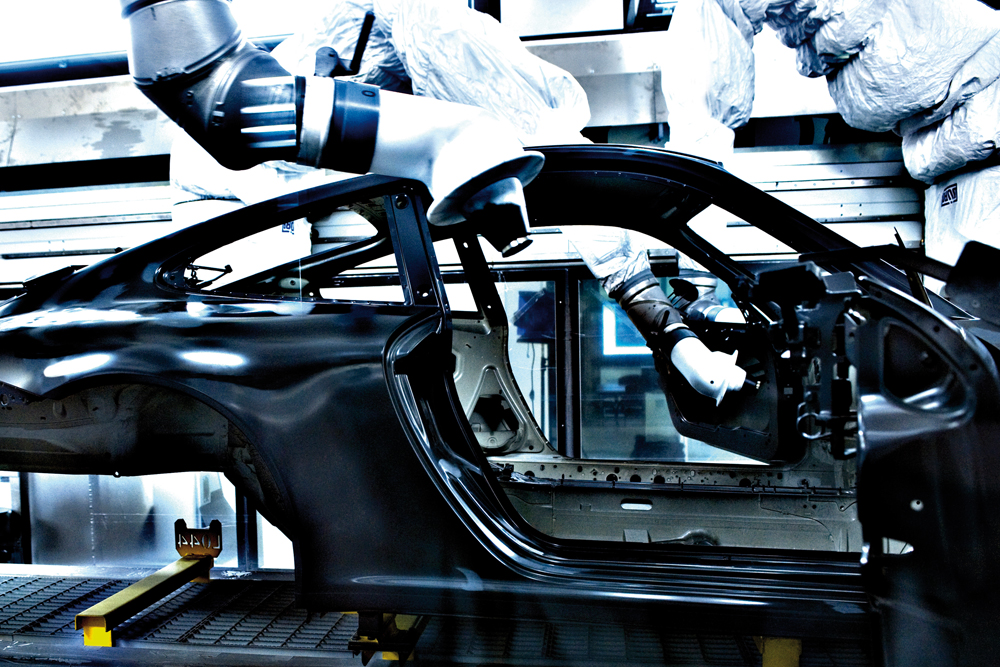ATLANTA, Nov. 23, 2009 – Dr. Ing. h.c. F. Porsche AG, Stuttgart, is the first car maker in the world to offer a starter battery with lithium-ion technology. Weighing less than 13 lb or 6 kg, the new battery is more than 22 lb or 10 kg lighter than a conventional 60 Ah lead battery.

The new lithium-ion battery will be available as an option as of January 2010 for the 911 GT3, 911 GT3 RS, and Boxster Spyder and is delivered with the car. It is priced at $1,700.
The new battery was developed specifically for lower weight. In sports cars designed for superior driving dynamics as is the case with both versions of the 911 GT3 and the Boxster Spyder, less weight naturally means greater agility and driving dynamics.
The lithium-ion battery has the same length and width dimensions of the regular battery, but is approximately 2.8” or 70 millimeters lower. The fastening points, electrical connections and voltage range are fully compatible, allowing simple and quick replacement of the standard lead battery, for example when racing on the track.
The cars are delivered with both batteries and are ready for use throughout the whole year. The lightweight battery offers a very high standard of everyday driving qualities but its starting capacity is limited at temperatures below 32 degrees F or 0 degrees C, due to its specific features.
With its nominal capacity of 18 Ah, the lithium-ion battery offers a level of practical output and performance not only comparable to that of a 60 Ah lead battery, but better in many cases.
Only about 30 percent of the total capacity is actually available for practical use with a conventional car battery, but this restriction does not apply to the lithium-ion battery. On the contrary, through its distinctive composition – and, in particular, the independence of the chemical composition of the electrolytes from the charge status – a lithium-ion battery consistently offers almost 100 percent of its capacity.
Power delivery by the lithium-ion battery throughout its useful charge range is likewise better, providing its full power, for example, when starting the engine as the energy level is mostly independent of the current charge level.
After the engine has started, the new Porsche battery shows further benefits in the charge process as it is able to charge quicker due to less internal resistance. Other advantages: the lithium-ion battery allows for a significantly greater number of charging and discharging cycles, the self-discharging effect is lower and the service life of the battery is longer.
The lithium-ion battery being introduced by Porsche as the pioneer in this area is made up of wound film of carbon and iron phosphate with a ceramic film moisturized by the electrolyte that serves as a separating layer in between. Compared with other types of lithium-ion batteries that use a combination of manganese oxide, cobalt oxide or nickel, this lithium-iron-phosphate battery, as it is called, offers advantages when used as a starter battery. It is robust and consistently guarantees the usual voltage of 12 V for the car’s on-board network.
The lightweight battery is made up of four cells and integrated electronic controls. This battery management system protects the battery from major discharges and guarantees a consistent charge level within the individual cells. Once battery voltage drops below a certain threshold, a warning signal reminds the driver to re-charge the battery either simply by driving the car or by means of a conventional battery charger.
The new lithium-ion battery will also be available for retrofitting from February 2010 on the three models mentioned from Porsche Tequipment.




